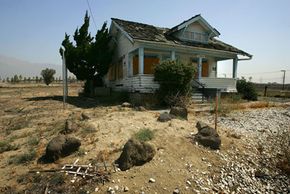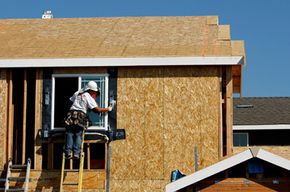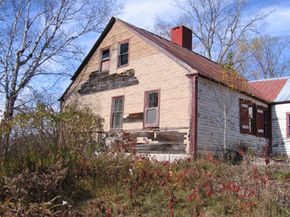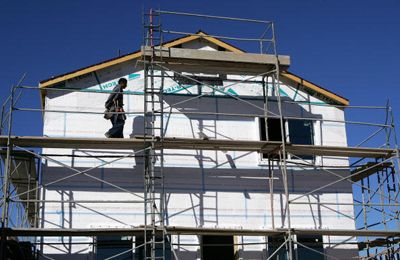Key Takeaways
- Houses without maintenance will eventually deteriorate due to natural forces like weather, biological decay and structural failure over decades or even centuries.
- Cosmetic damages like peeling paint and structural issues such as roof collapse and foundational shifts occur as moisture and pests break down materials.
- Vegetation growth around the house can weaken the structural integrity over time, potentially leading to major damage or even causing the house to sink.
Your home protects you from wind, rain, snow and even ultraviolet rays from sunshine. But those same elements can also prove fatal for a home if you don't do the routine maintenance necessary to keep it up.
Cleaning out gutters, recaulking windows and replacing roof shingles may all bore you to tears, but they are all imperative for keeping your house safe from the ravages of time and weather. But exactly what would happen if you simply stopped doing these things? How long would it take for your house to fall completely apart if you left it alone?
Advertisement
Home Construction Image Gallery
As it turns out, the amount of time necessary for your home to fall to pieces depends on several factors. The quality of your home's construction, the type of climate you live in, the shape your house is in and the materials your house is made of all contribute to the amount of time it would take for your home to deteriorate. But there is still a general process that a house undergoes after it's left to be reclaimed by the Earth. Alan Weisman describes the process of a house falling to ruin in his book, "The World Without Us." Weisman imagines how long it would take an Earth free of humans to regain its pre-humanity state. There is also an animated video on his Web site that shows a house falling apart over time.
So what causes the worst destruction? As it turns out, water is your home's foremost enemy. It begins a chain of events that will result in your home's complete collapse -- beginning with your roof. Water generally enters your home through the roof. This section of your house is held together by a series of trusses, triangular-shaped structures to which your roof is nailed. The roof, usually a type of plywood, is nailed to the trusses and then covered with roofing shingles.
Most shingles used in home construction are rated to last 20 or 30 years. As they begin to decay, the shingles will disintegrate or fall away from the roofing nails that hold them in place. The exposed plywood will be no match for the rain falling upon it. Eventually, the plywood will rot, and water will make its way through your leaky roof into the interior of the house below. Here, it will go to work on wallpaper, paint and drywall.
Water can also enter your home's envelope -- the combination of the exterior walls, window sashes and door frames that sit just inside your home's outer shell. If this happens, it can mean the end of your home. The process of deterioration begins on a small scale, but, if overlooked or neglected, will grow to rather large proportions over time. For example, your home's gutters will attract leaves and other debris. As this mess accumulates, water will spill back onto your roof, causing rot throughout your roofline. And then the trouble really begins.
Read the next page to find out how your house will fall apart and how long it can take.
Advertisement



